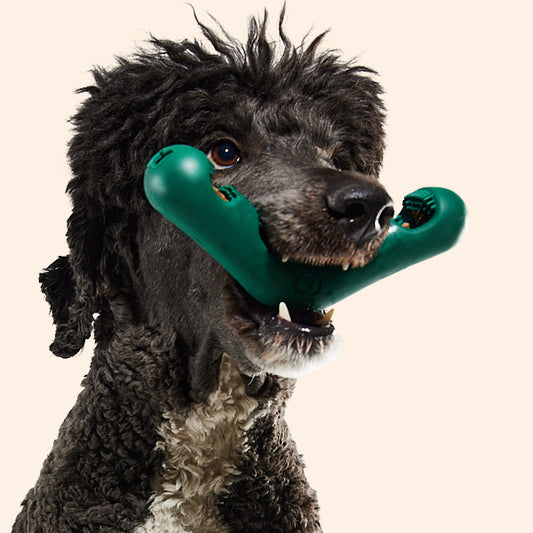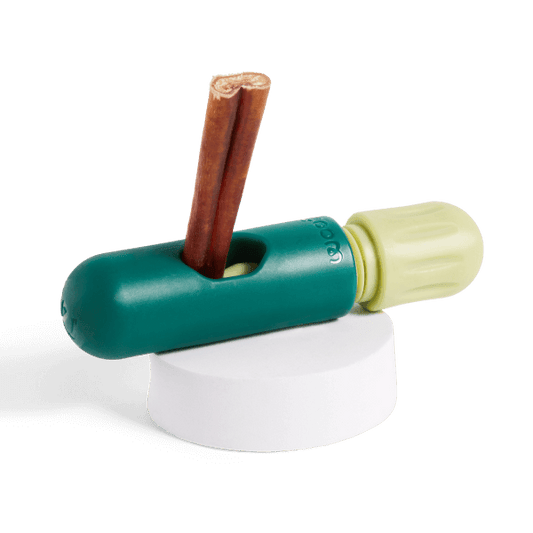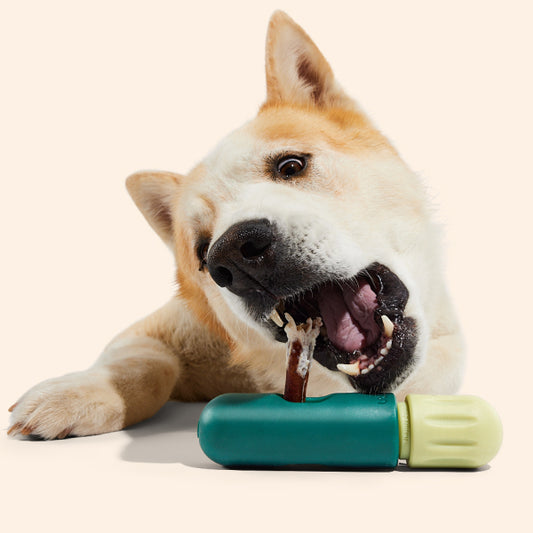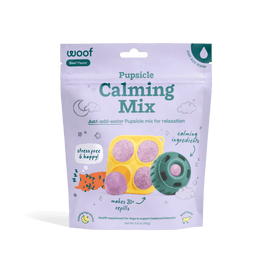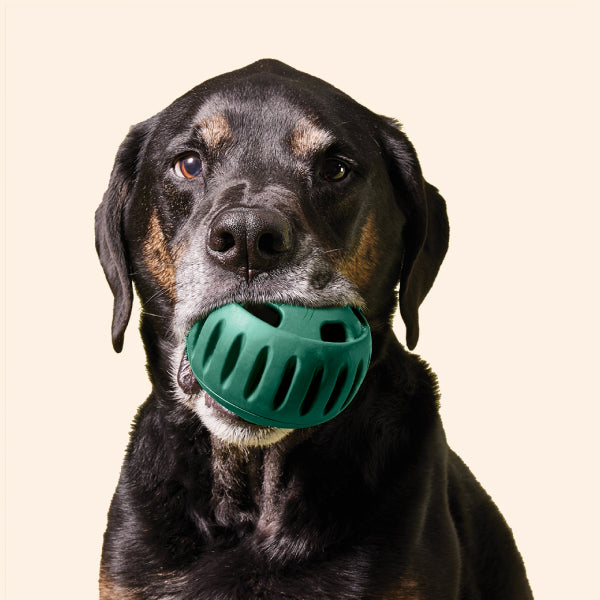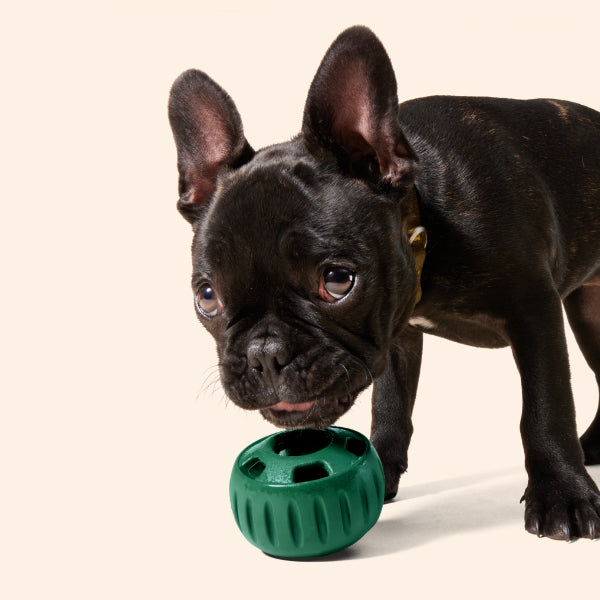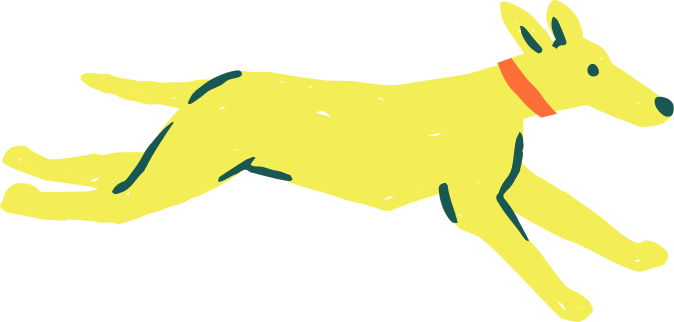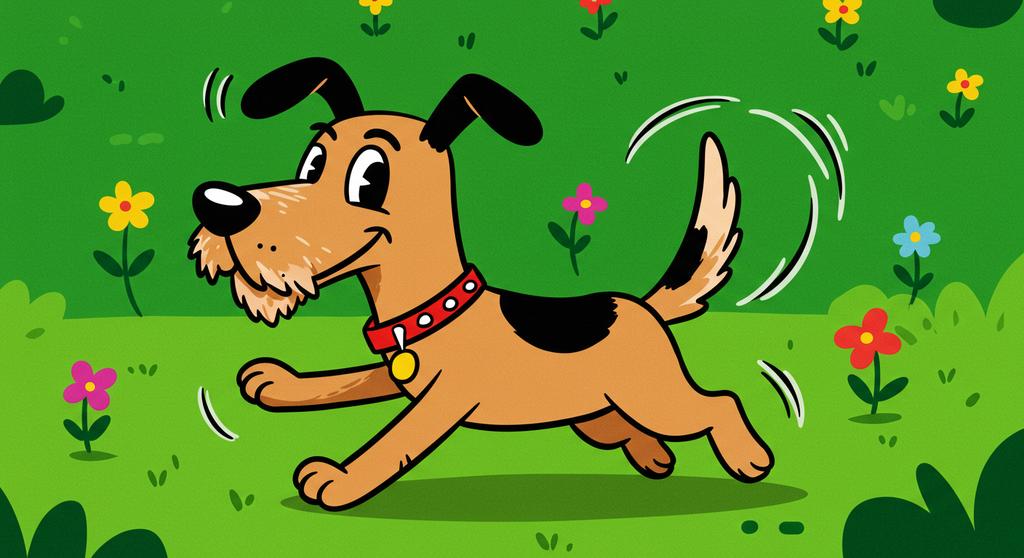
Have you ever wondered why your dog’s tail seems to have a language of its own? From joyful greetings to moments of uncertainty, tail wagging is a primary way our furry friends communicate with us and the world around them. Understanding these tail movements can deepen the bond between you and your canine companion, ensuring clearer communication and a happier relationship.
At Woof, we believe that a well-understood dog is a happy dog. By recognizing the nuances of tail wagging, you can better cater to your pet's needs and emotions. Let's delve into the fascinating world of canine tail talk and discover what those wags truly mean.
The Basics of Tail Wagging
Tail wagging is an instinctive behavior that develops in puppies as they grow. It's not just a random movement; it's a deliberate action used to convey feelings and intentions. While many assume that a wagging tail always signifies happiness, the reality is more complex. The position, speed, and direction of the wag all play crucial roles in conveying different messages.
Deciphering Tail Positions and Movements
Understanding the subtleties of tail wagging can provide insights into your dog's emotional state:
- High and Stiff: A tail held high and rigid can indicate alertness or dominance. Your dog might be asserting their position or focusing intently on something.
- Mid-Level Wagging: A tail in a neutral position with gentle wagging often signifies a relaxed and content dog. This is typically seen during casual interactions.
- Low Wagging: A tail held low, especially if wagging slowly, can be a sign of insecurity or submission. Your dog might be feeling anxious or unsure.
- Fast Wagging with Hip Movement: When the tail wags rapidly, accompanied by wiggling hips, it's usually a display of excitement and affection. This is the classic 'happy to see you' greeting.
- Slow Wagging: A slow wag can indicate confusion or a tentative state. Your dog might be assessing a situation before reacting.
The Role of Tail Wagging in Social Interactions
Dogs use their tails not only to communicate with humans but also with other animals. A confident dog might approach another with a high, wagging tail, signaling friendliness. Conversely, a dog with a tucked tail is showing submission or fear, indicating they pose no threat. Recognizing these signals can help prevent misunderstandings during dog-to-dog interactions.
Enhancing Your Dog's Well-being with Woof Products
At Woof, we're dedicated to supporting the health and happiness of your canine companion. Understanding your dog's body language is just one aspect of responsible pet ownership. Providing them with enriching toys and treats can further enhance their well-being.
Consider our innovative Pupsicle, designed to keep your dog engaged and satisfied. Pair it with our Pupsicle Pops for a delightful treat experience. For overall wellness, our All-in-1 Wellness Pops offer a blend of essential nutrients to support your dog's health.
Conclusion
By paying attention to your dog's tail movements and understanding the messages they're conveying, you can foster a deeper connection and ensure their needs are met. At Woof, we're here to support you every step of the way, offering products and insights to keep those tails wagging happily.









